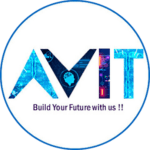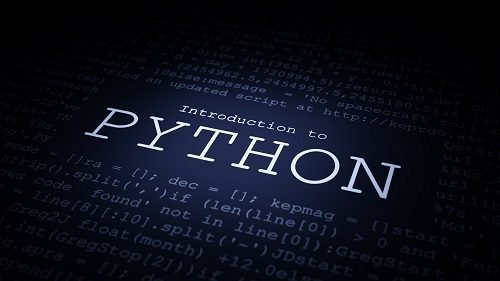A full-stack developer roadmap typically involves the following steps:
- Learn HTML, CSS, and JavaScript: These are the basic building blocks of a web page.
- Get familiar with front-end frameworks such as React, Angular, or Vue.js: These frameworks can help you create dynamic user interfaces.
- Study a back-end programming language such as Python, Ruby, Java or Node.js: Choose a language that you feel comfortable with, as you’ll need to use it to build the server-side of your web applications.
- Learn a back-end framework such as Express (Node.js), Ruby on Rails (Ruby), or Django (Python): These frameworks will help you build the back-end of your web application quickly and efficiently.
- Study databases and SQL: You’ll need to know how to store and retrieve data from a database, and SQL is the standard language for working with relational databases.
- Get familiar with version control using Git: Git is the most widely used version control system and is essential for collaborating with other developers and managing your code.
- Learn about deployment and hosting: You’ll need to know how to deploy your web applications to a live server and understand the various hosting options available.
- Practice, practice, practice: Building real projects is the best way to learn and apply your skills. Try to build projects on your own and participate in hackathons or coding challenges to gain experience.
Note: The roadmap may vary based on personal preferences and the specific requirements of your role, but the above steps will provide a good foundation for a full-stack developer.

A full-stack developer is a software engineer who has the skills and knowledge to work on both the front-end and back-end of a web application. Some common job profiles for full-stack developers include:
- Full-Stack Web Developer: Develops and maintains web applications from start to finish, including front-end and back-end development. Works on both the client-side and server-side of web applications, responsible for designing and implementing software solutions.
- Front-End Web Developer: Specializes in the client-side of web development, using HTML, CSS, and JavaScript to create user interfaces and dynamic web pages.
- Back-End Web Developer: Specializes in the server-side of web development, using programming languages such as Python, Ruby, or PHP to create and manage data for web applications.
- WordPress Developer: Specializes in developing and customizing websites using the WordPress platform.
- E-commerce Web Developer: Focuses on developing and maintaining online stores and shopping websites, using platforms such as Magento, Shopify, or WooCommerce.
- Mobile Web Developer: Specializes in developing web applications for mobile devices, using technologies such as HTML5, CSS3, and JavaScript.
- Full-Stack Software Engineer: Works on both the client-side and server-side of a web application and is responsible for designing and implementing software solutions.
- Full-Stack Developer: Builds and deploys web applications, often using a variety of programming languages and tools.
- Full-Stack Engineer: Designs, develops, and tests web applications, working with both front-end and back-end technologies.
- Full-Stack JavaScript Developer: Specializes in using JavaScript to develop both client-side and server-side applications.
The specific responsibilities and requirements of each of these job profiles may vary, but in general, full-stack developers are expected to have a good understanding of web development technologies and be able to work on both the front-end and back-end of a web application.





